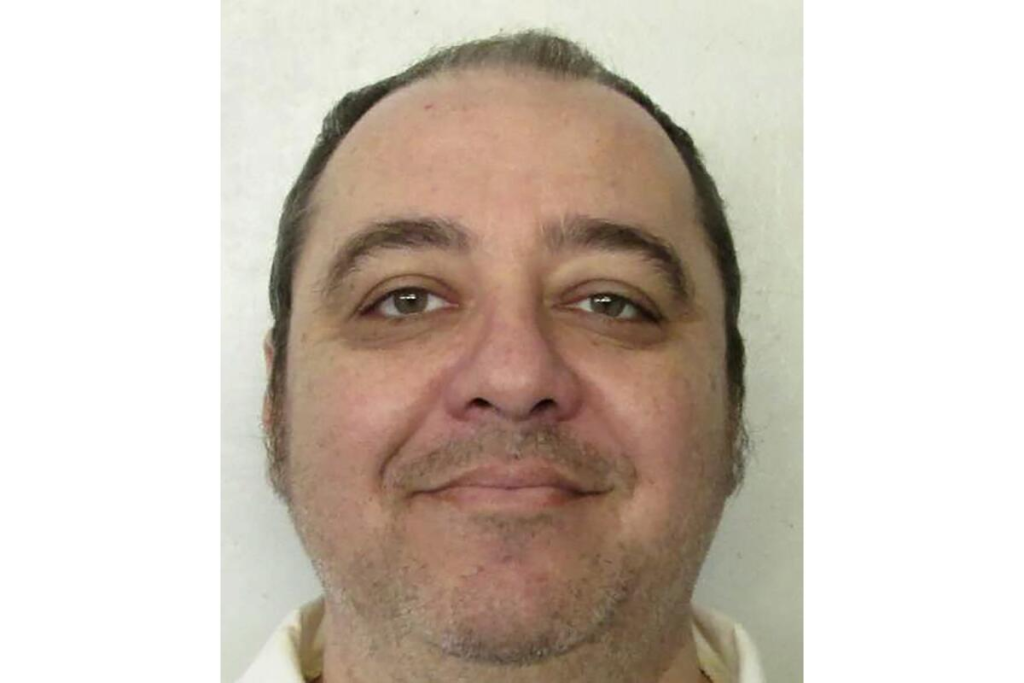A recent federal court hearing in Montgomery, Alabama, illuminated starkly opposing perspectives on the use of nitrogen gas for executions, marking a pivotal moment in the ongoing debate over the method’s humaneness and constitutional implications.

The case involves Kenneth Eugene Smith, facing a January 25 execution by nitrogen hypoxia. His attorneys passionately argued against this execution method, citing its potential violation of the constitutional prohibition against cruel and unusual punishment. They emphasized concerns regarding the mask’s interference with Smith’s religious practices, particularly hindering his ability to pray with a spiritual adviser.
Robert Grass, representing Smith, highlighted the method’s potential to inflict “superadded pain,” a contention deemed unconstitutional under U.S. law. Conversely, the state attorney general’s office defended the method’s humaneness, asserting that it aligns with constitutional standards.
Central to the debate is the mechanics of the execution method, wherein a mask would replace breathable air with nitrogen, inducing death due to oxygen deprivation. Despite nitrogen’s innate presence in the air, concerns were raised about potential risks such as vomiting and the possibility of experiencing suffocation or entering a vegetative state if the gas mixture isn’t pure due to mask malfunctions.
Testimonies from anesthesiologists, state officials, and experts highlighted uncertainties surrounding the use of nitrogen for executions. Dr. Robert Jason Yong, testifying on behalf of Smith, underscored the risks associated with inadequate oxygen levels, including nausea, vomiting, and potential asphyxiation. However, limited documented human cases exist, with most knowledge derived from industrial accidents and suicides involving nitrogen or inert gases.
The state’s attorney general’s office countered these assertions, labeling the risks as speculative and demanding specific evidence on cases of nitrogen-induced vegetative states. Moreover, they argued that the prohibition against cruel and unusual punishment does not guarantee complete painlessness.

Notably, Judge R. Austin Huffaker Jr. sought clarification on concerns related to vomiting risks and accommodations for Smith’s religious practices. The judge questioned the scheduling of meals before execution and the protocol for allowing Smith to pray without compromising the mask’s integrity.
As the legal battle unfolds, Smith’s attorneys also raised concerns that the shift to nitrogen execution aimed to circumvent previous litigation about failed lethal injection attempts in 2022.
Smith himself briefly testified about his current situation, revealing that he had already been placed in isolation ahead of the scheduled execution, shackled and dressed in prison attire.
The court’s decision on this case holds significant implications, not just for the fate of Kenneth Eugene Smith, but also for the broader discourse on the constitutionality and ethical considerations surrounding execution methods in the United States.
Latest News:
- Utah’s Inmate Tattoo Removal Program: Rehabilitation or Superficial Solution?
- Florida Governor Ron DeSantis Engages Iowa Voters Ahead of Caucus During Mason City Campaign Stop
Despite being a student and an athlete, Sachin never lets himself be confined merely to sports or academics and rightly shows vivid interest in work behind the lenses thus, making him the right fit for being a content creator at Landscape Insight. He serves the website with various reports from the entertainment industries right from web series to movies. When not found writing, he enjoys listening to music and playing video games.
You can reach him at [email protected] or through our website’s contact page.







